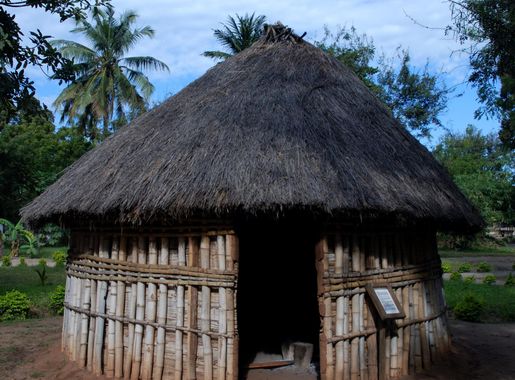
Dar es Salaam: The Vibrant Jewel of Tanzania
Explore the vibrant culture, stunning beaches, and rich history of Dar es Salaam, Tanzania's largest city and economic hub, offering a unique blend of African, Arab, and Indian influences.
Nestled along the eastern coast of Tanzania, Dar es Salaam is a bustling metropolis that seamlessly blends African, Arab, and Indian influences. As the largest city in Tanzania, it serves as the country's economic and cultural hub. Visitors are greeted by a warm, tropical climate year-round, making it an inviting destination for sun-seekers and adventure lovers alike. The city is known for its stunning beaches, with Coco Beach and Kigamboni Beach offering pristine sands and clear blue waters. These coastal gems provide perfect spots for relaxation, swimming, and water sports. For a taste of local culture, a visit to the bustling Kariakoo Market is essential. Here, tourists can immerse themselves in the vibrant atmosphere, haggle for unique souvenirs, and sample delicious Tanzanian street food. History enthusiasts will find plenty to explore, from the National Museum and House of Culture, which showcases Tanzania's rich heritage, to the Askari Monument, a reminder of the country's involvement in World War I. Dar es Salaam is also a gateway to some of Tanzania's most famous natural wonders, with easy access to the islands of Zanzibar and the wildlife-rich Selous Game Reserve. Dining in Dar es Salaam is an adventure in itself, with a diverse range of restaurants offering everything from traditional Swahili dishes to international cuisine. The city's nightlife is equally vibrant, with numerous bars, clubs, and live music venues ensuring that the fun continues long after the sun sets.
Local tips in Dar es Salaam
- Visit the National Museum early in the day to avoid crowds and enjoy a more intimate experience with the exhibits.
- Use the local ferry to cross to Kigamboni Beach for a scenic and affordable trip.
- Wear comfortable shoes when visiting Kariakoo Market, as the area is large and bustling with activity.
- Try the fresh seafood at the fish market in Kivukoni for an authentic taste of local cuisine.
- Always carry bottled water, especially when exploring outdoor attractions, to stay hydrated in the tropical climate.
Neighbourhoods in Dar es Salaam
Dar es Salaam: The Vibrant Jewel of Tanzania
Nestled along the eastern coast of Tanzania, Dar es Salaam is a bustling metropolis that seamlessly blends African, Arab, and Indian influences. As the largest city in Tanzania, it serves as the country's economic and cultural hub. Visitors are greeted by a warm, tropical climate year-round, making it an inviting destination for sun-seekers and adventure lovers alike. The city is known for its stunning beaches, with Coco Beach and Kigamboni Beach offering pristine sands and clear blue waters. These coastal gems provide perfect spots for relaxation, swimming, and water sports. For a taste of local culture, a visit to the bustling Kariakoo Market is essential. Here, tourists can immerse themselves in the vibrant atmosphere, haggle for unique souvenirs, and sample delicious Tanzanian street food. History enthusiasts will find plenty to explore, from the National Museum and House of Culture, which showcases Tanzania's rich heritage, to the Askari Monument, a reminder of the country's involvement in World War I. Dar es Salaam is also a gateway to some of Tanzania's most famous natural wonders, with easy access to the islands of Zanzibar and the wildlife-rich Selous Game Reserve. Dining in Dar es Salaam is an adventure in itself, with a diverse range of restaurants offering everything from traditional Swahili dishes to international cuisine. The city's nightlife is equally vibrant, with numerous bars, clubs, and live music venues ensuring that the fun continues long after the sun sets.
When is the best time to go to Dar es Salaam?
Iconic landmarks you can’t miss
The Slipway
Explore The Slipway in Dar es Salaam for an unforgettable shopping experience with stunning ocean views and vibrant local culture.
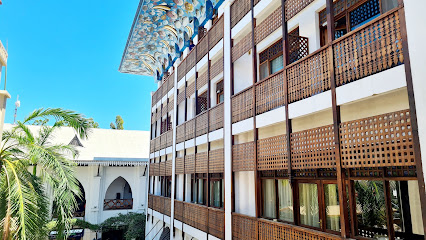
MWENGE WOODCAVERS MARKET
Discover the vibrant artistry and cultural richness of Mwenge Woodcavers Market in Dar es Salaam, a treasure trove of handcrafted wooden masterpieces.
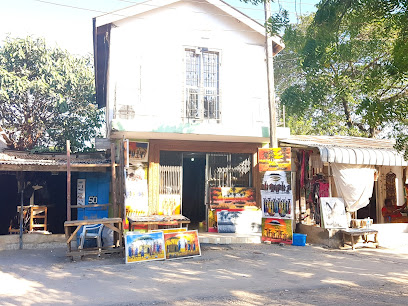
National Museum and House of Culture
Explore Tanzania's heritage at the National Museum and House of Culture, showcasing a rich tapestry of history, art, and culture.
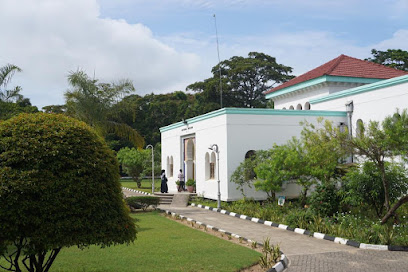
Clocktower Shopping Centre
Discover the Clocktower Shopping Centre in Dar es Salaam, where modern shopping meets rich historical significance and vibrant local culture.
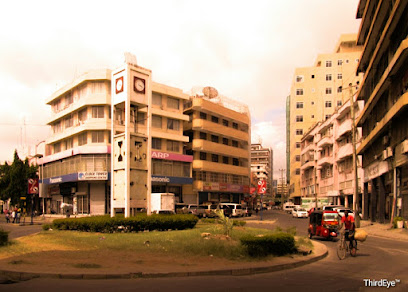
Shamo Tower
Explore Shamo Tower in Dar es Salaam: Where Shopping Meets Culture in a Dynamic Mall Experience.
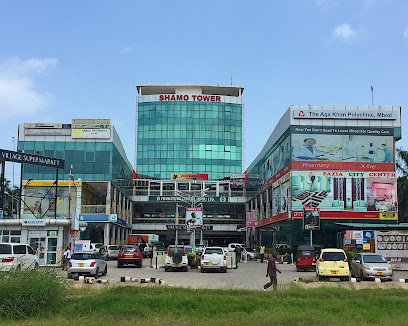
Tanzanite Tower
Explore Tanzanite Tower in Dar es Salaam for a unique blend of shopping, dining, and entertainment in a vibrant setting.
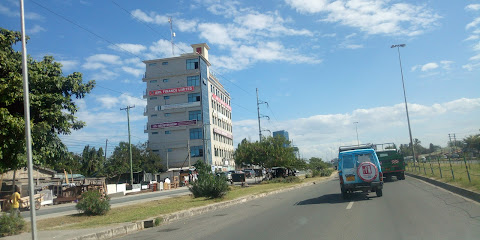
Kanisa Kuu la Mt. Yosefu (St.Joseph Cathedral Dar es Salaam)
Discover the breathtaking St. Joseph Cathedral in Dar es Salaam, a stunning neo-Gothic architectural marvel and a key spiritual site in Tanzania.
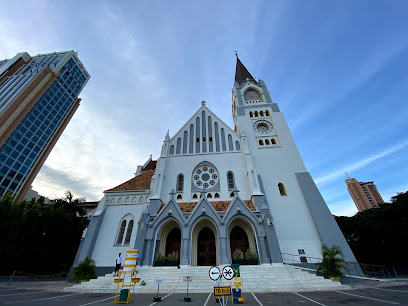
Askari Monument
Explore the Askari Monument in Dar es Salaam, a historic landmark honoring African soldiers' bravery in World War I, rich in culture and significance.
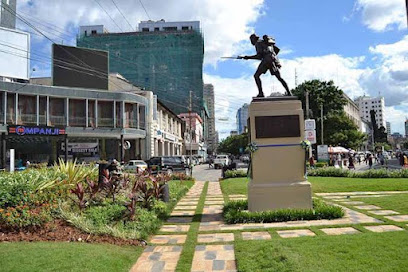
KKKT Azania-Front-Cathedral
Discover the architectural beauty and spiritual significance of KKKT Azania-Front Cathedral, a top landmark in Dar es Salaam, Tanzania.
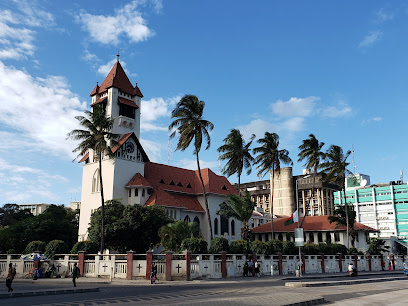
Khoja Shia Ithna-Ashari Masjid
Explore Khoja Shia Ithna-Ashari Masjid in Dar es Salaam, a stunning architectural gem and a spiritual haven rich in cultural heritage.
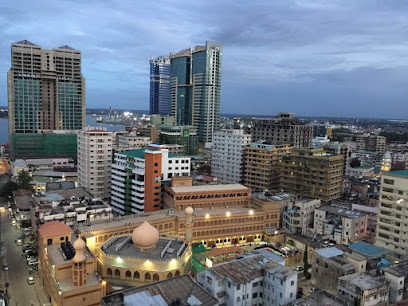
Golden Jubilee Towers
Golden Jubilee Towers: Discover the heart of Dar es Salaam with its stunning architecture, vibrant plaza, and rich local culture.
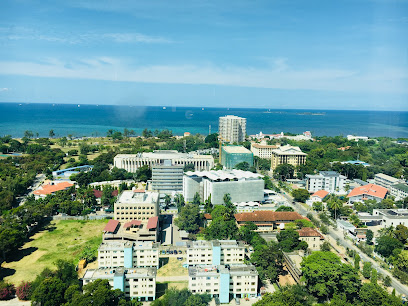
DTV Roundabout
Explore the DTV Roundabout, a historical landmark in Dar es Salaam that encapsulates the vibrant culture and heritage of Tanzania.
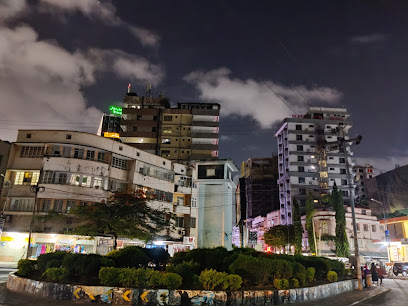
Public Park
Discover the serene beauty of Public Park in Dar es Salaam, a perfect urban escape for relaxation, recreation, and enjoying nature.

Botanical Garden
Discover tranquility in the heart of Dar es Salaam at the stunning Botanical Garden, a lush oasis of diverse flora and peaceful paths.
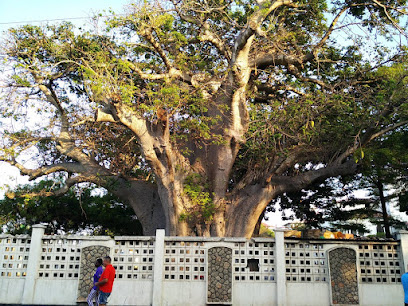
Samora Avenue Garden
Discover tranquility at Samora Avenue Garden, a lush urban oasis in Dar es Salaam perfect for relaxation and leisure amidst vibrant nature.
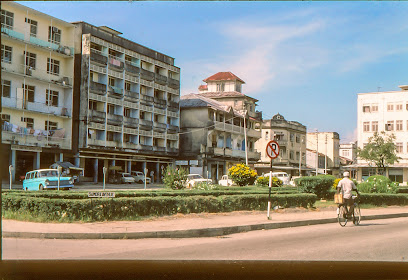
Unmissable attractions to see
Coco Beach
Experience the stunning allure of Coco Beach in Tanzania - a perfect blend of relaxation, adventure, and local culture awaits you.
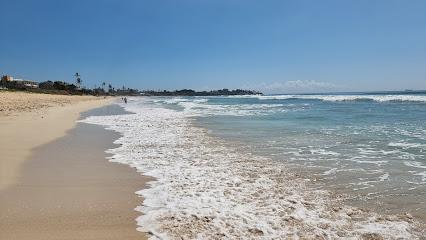
Kijiji cha Makumbusho/ Village Museum, Mikocheni
Explore Tanzania's rich cultural heritage at Kijiji cha Makumbusho, where traditional huts and vibrant performances celebrate the nation's diversity.
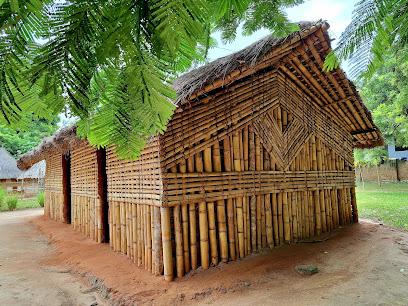
National Museum and House of Culture
Discover Tanzania's heritage through the captivating exhibits at the National Museum and House of Culture in Dar es Salaam.
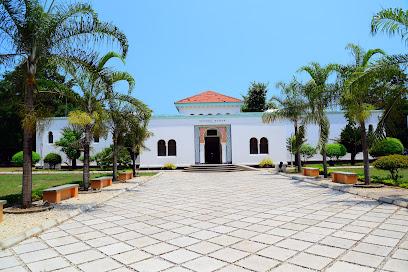
Mtende Beach
Experience the unspoiled beauty of Mtende Beach in Mzambarauni, Zanzibar, where tranquility meets adventure amidst stunning coastal landscapes.
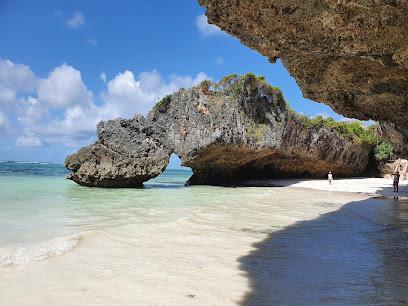
Fun City Kigamboni
Experience the ultimate fun and relaxation at Fun City Kigamboni, a top family-friendly attraction in Dar es Salaam's vibrant scenic landscape.
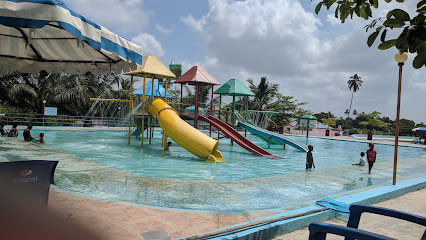
Havoc Nightspot
Discover the vibrant nightlife of Dar es Salaam at Havoc Nightspot, where cocktails, gaming, and live entertainment create an unforgettable experience.
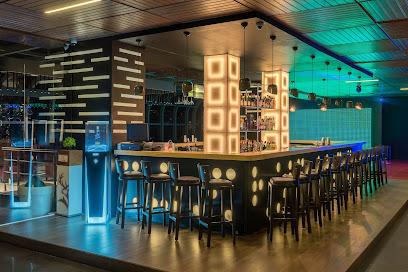
Water World
Discover Dar es Salaam's Water World, an exhilarating water park featuring thrilling slides, relaxing pools, and fun for the whole family.
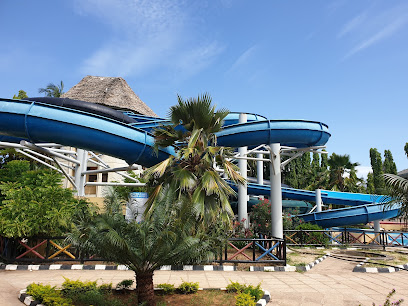
Tinga Tinga Arts Cooperative Society
Explore the vibrant world of Tinga Tinga art at the Tinga Tinga Arts Cooperative Society in Dar es Salaam, where creativity and culture come alive.
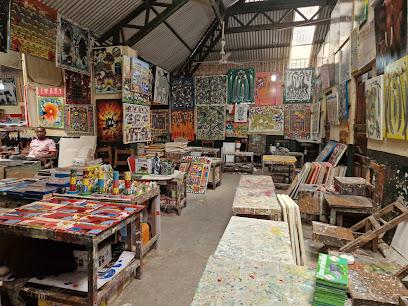
Botanical Garden
Explore the lush beauty and tranquility of Dar es Salaam's Botanical Garden, a serene oasis filled with diverse plant life and peaceful pathways.
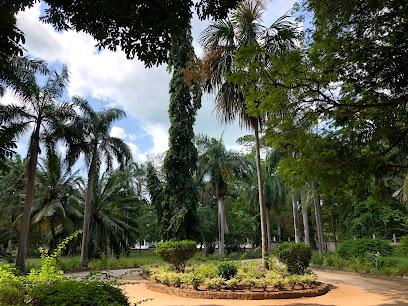
Salaam Cave Aquarium
Explore the enchanting Salaam Cave Aquarium in Kizimkazi Dimbani, a breathtaking marine attraction showcasing the beauty of Zanzibar's underwater world.
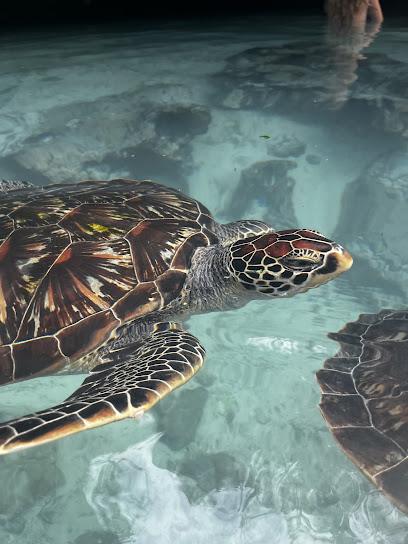
Uhuru Monument
Discover the Uhuru Monument in Dar es Salaam, a historic tribute to Tanzania's independence and a must-see for all visitors.
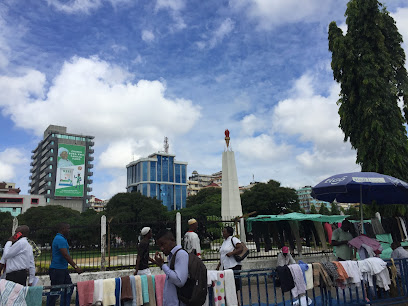
Fins Zanzibar Dolphins Tours
Discover the enchanting beauty of Kizimkazi Dimbani, where unforgettable dolphin encounters and rich cultural experiences await you in Zanzibar.
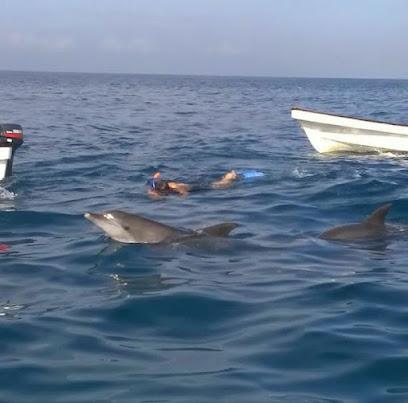
Nafasi Art Space
Discover contemporary creativity and local artistic talent at Nafasi Art Space in Dar es Salaam, a vibrant cultural center for art lovers.
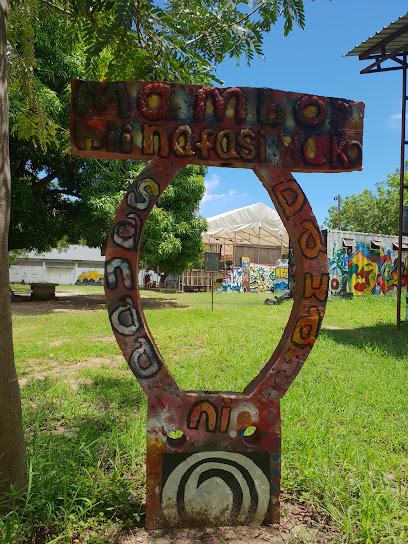
Sinda Island
Explore the serene beauty of Sinda Island, a hidden gem near Dar es Salaam, perfect for relaxation, snorkeling, and experiencing vibrant marine life.
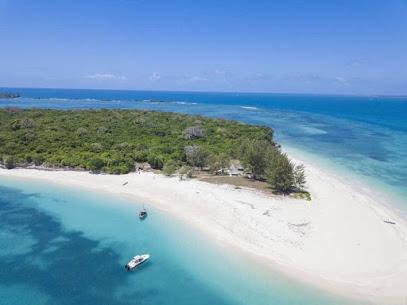
Sinda Island
Explore the serene beauty of Sinda Island, a tranquil paradise near Dar es Salaam, perfect for relaxation and adventure amidst nature's wonders.
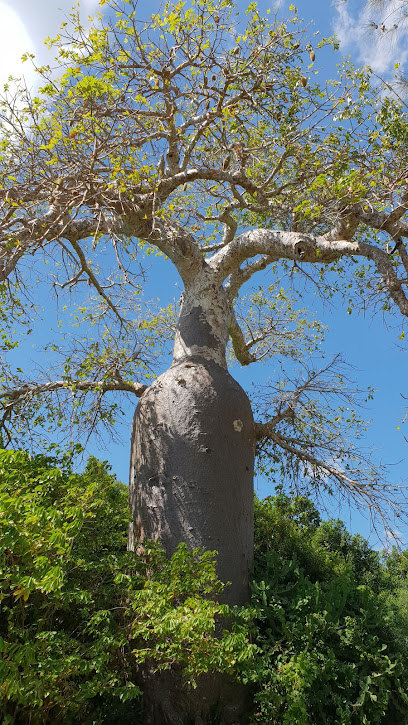
Essential places to dine
Cape Town Fish Market Dar es Salaam
Experience exceptional seafood dining at Cape Town Fish Market in Dar es Salaam with fresh sushi and stunning bay views.
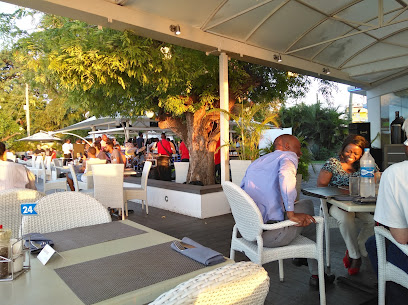
Samaki Samaki restaurant
Experience the best of Tanzanian cuisine at Samaki Samaki in Dar es Salaam, where fresh seafood meets vibrant flavors in an inviting atmosphere.
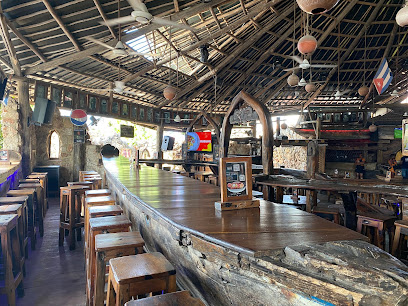
Karambezi Cafe
Discover Karambezi Cafe: A seaside dining experience in Dar es Salaam offering exquisite cuisine and breathtaking ocean views.
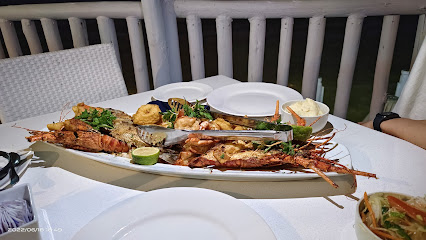
Chef's pride
Discover authentic East African cuisine at Chef's Pride in Dar es Salaam – where every meal tells a story.
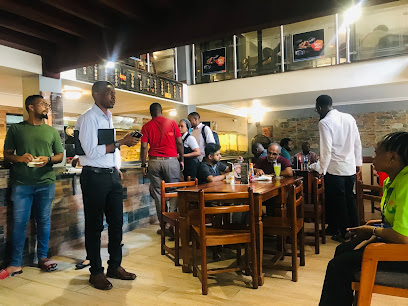
Chowpatty Restaurant
Experience authentic vegetarian cuisine at Chowpatty Restaurant in Dar es Salaam – where local flavors meet culinary creativity.

Golden Fork Restaurant
Discover culinary excellence at Golden Fork Restaurant in Dar es Salaam – where Tanzanian flavors meet international cuisine in a vibrant setting.
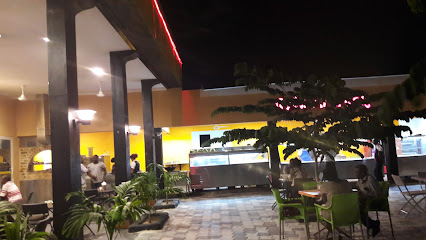
Akemi Revolving Restaurant
Enjoy breathtaking views and exquisite cuisine at Akemi Revolving Restaurant in Dar es Salaam's Golden Jubilee Towers.
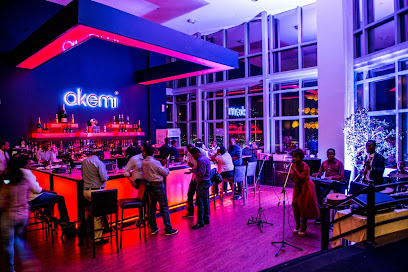
Grand Restaurant
Experience culinary excellence at Grand Restaurant in Dar es Salaam, where local flavors meet international cuisine in a warm and inviting atmosphere.
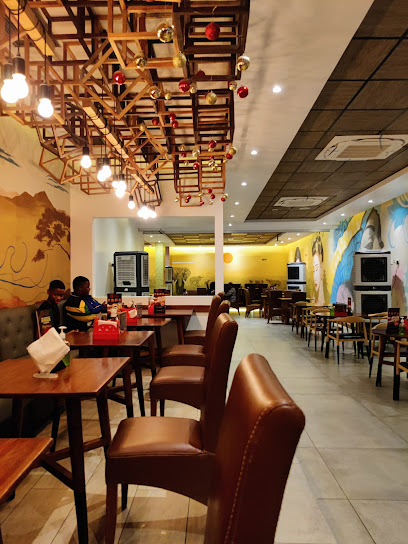
The Waterfront
Experience coastal dining at its finest at The Waterfront in Dar es Salaam - where exquisite flavors meet breathtaking ocean views.
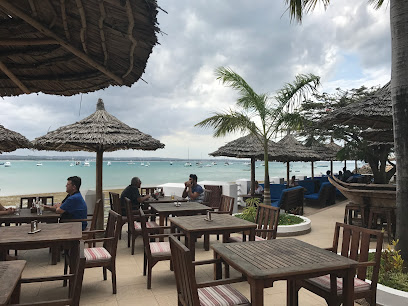
Zûane
Experience authentic Italian cuisine at Zûane in Dar es Salaam – where every dish is crafted with passion and tradition.
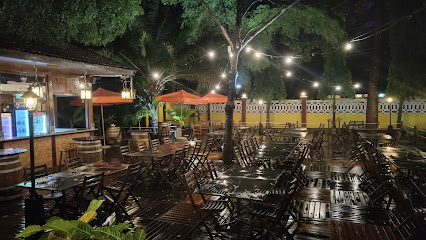
SALT Restaurant
Discover exceptional Tanzanian flavors at SALT Restaurant in Oyster Bay, where culinary artistry meets local ingredients.
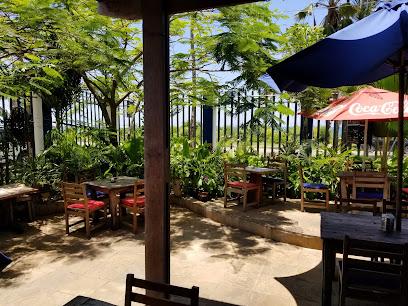
Great Wall Chinese Restaurant
Discover the flavors of China at Great Wall Chinese Restaurant in Dar es Salaam - a perfect dining experience awaits you.
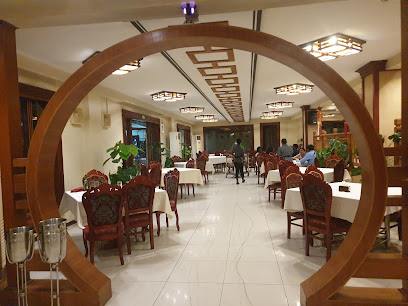
The Alcove Restaurant
Discover Asian Fusion Delights at The Alcove Restaurant - A Must-Visit Dining Experience in Dar es Salaam.
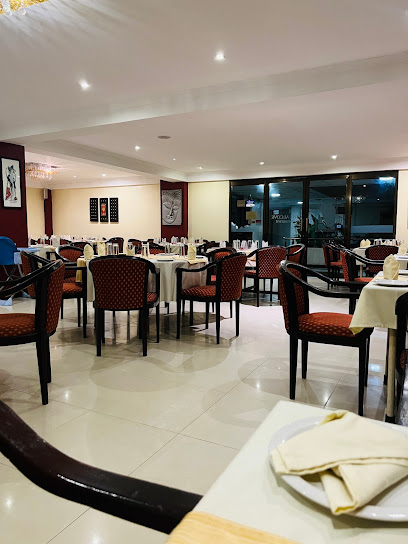
Flames
Experience authentic Indian flavors at Flames in Dar es Salaam's charming Oyster Bay neighborhood.

The Alcove Restaurant, Seacliff Hotel
Experience exquisite Asian fusion cuisine with stunning ocean views at The Alcove Restaurant in Seacliff Hotel, Dar es Salaam.
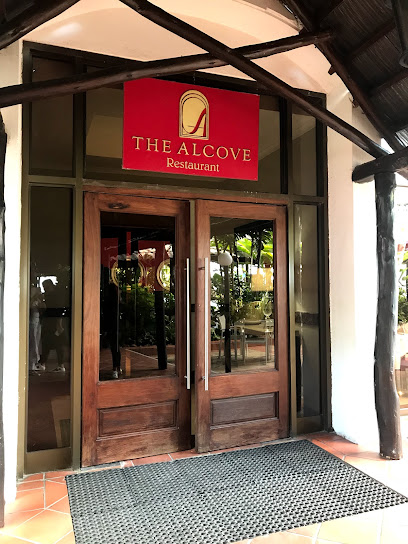
Markets, malls and hidden boutiques
Mlimani City Shopping Mall
Explore Mlimani City Shopping Mall in Dar es Salaam for an unforgettable shopping and dining experience in the heart of Tanzania.
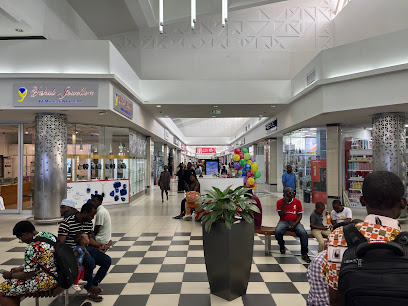
Mkuki House
Explore Mkuki House: A vibrant shopping mall in Dar es Salaam offering diverse shopping, dining, and cultural experiences.
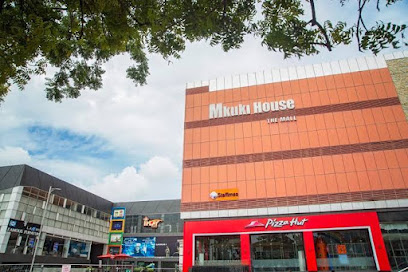
Dar Free Market Mall
Explore the vibrant Dar Free Market Mall in Dar es Salaam, where unique shops, local crafts, and delicious eateries await your discovery.
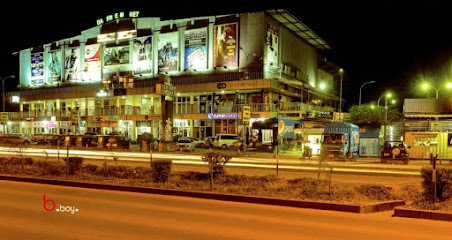
The Slipway
Discover the charm of The Slipway, Dar es Salaam's premier shopping mall offering diverse shops, delectable dining, and stunning waterfront views.
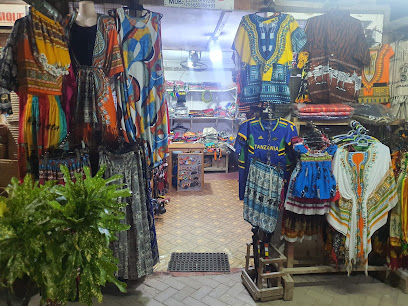
GSM Mall Msasani
Discover the vibrant shopping experience at GSM Mall Msasani, where local culture meets modern retail and dining in Dar es Salaam.
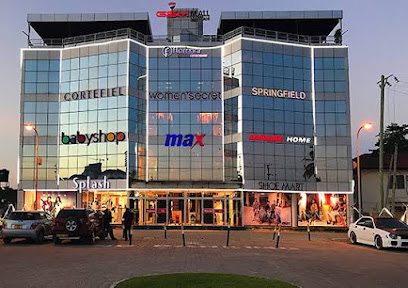
Palm Village mikocheni
Experience the vibrant blend of shopping, dining, and local culture at Palm Village, the premier outlet mall in Dar es Salaam.
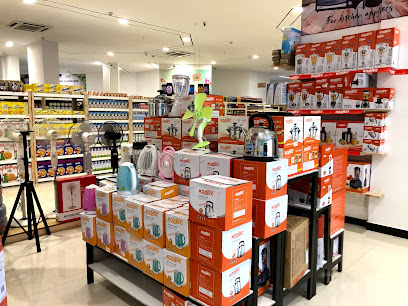
The Tanzanite Dream
Discover the enchanting world of Tanzanite at The Tanzanite Dream in Dar es Salaam, where exquisite gems and local culture intertwine.

KaraStores
Discover the essence of Tanzanian fashion at KaraStores, a boutique offering unique women's clothing and accessories in Dar es Salaam.
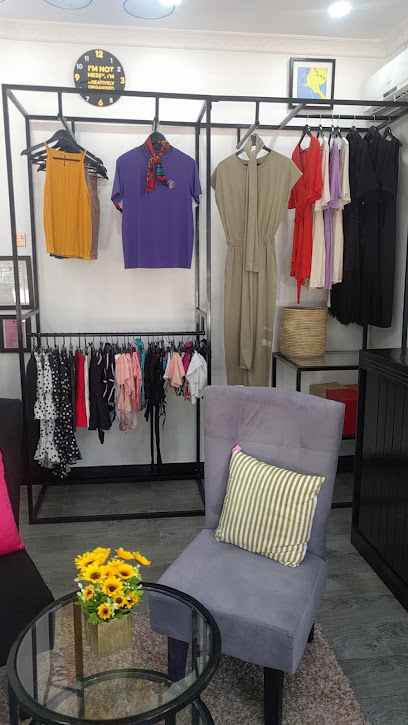
Shambhvi | Women Clothing / Apparel Store
Explore Shambhvi Boutique in Dar es Salaam for elegant women's clothing, featuring unique western styles and exceptional service.
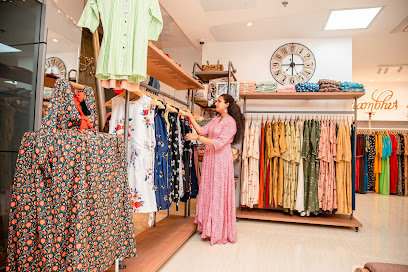
NAIPENDA TANZANIA - SLIPWAY
Discover the Essence of Tanzanian Artistry at Naipenda Tanzania - Slipway, an Exquisite Boutique for Unique Local Crafts.
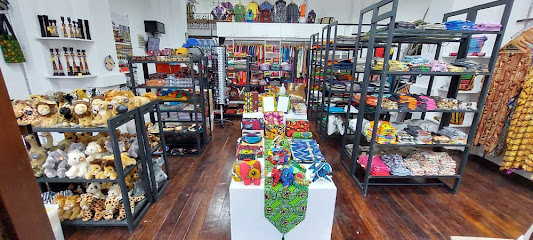
Sakina Boutique
Explore the vibrant styles of Tanzania at Sakina Boutique, a premier women’s clothing store in the heart of Dar es Salaam.
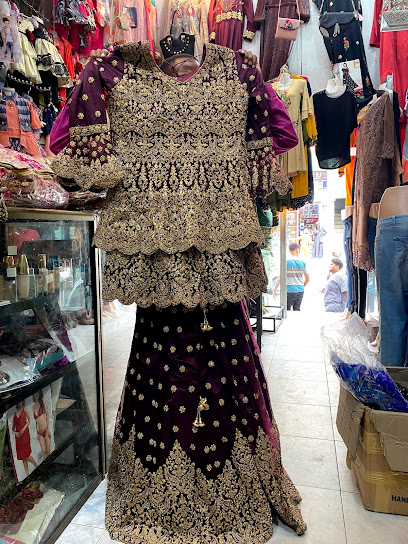
丹丹坦桑尼亚手串店
Explore the vibrant craftsmanship of Tanzania at 丹丹坦桑尼亚手串店, where every souvenir tells a unique story.
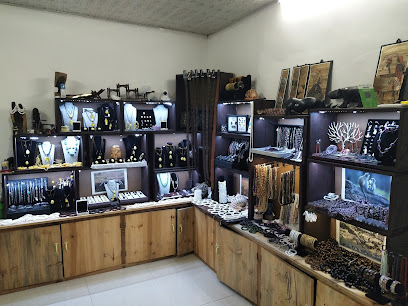
Tanzania Gift Shop
Explore the vibrant Tanzania Gift Shop in Dar es Salaam for all your cake decorating needs and experience the local culture through culinary artistry.
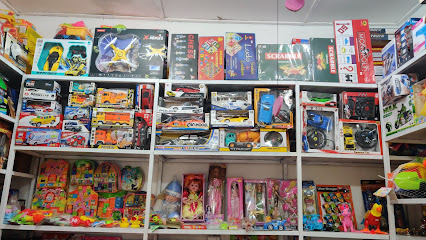
House of Culture Gift Store
Explore the House of Culture Gift Store in Dar es Salaam for unique Tanzanian crafts and souvenirs that beautifully capture the essence of local culture.
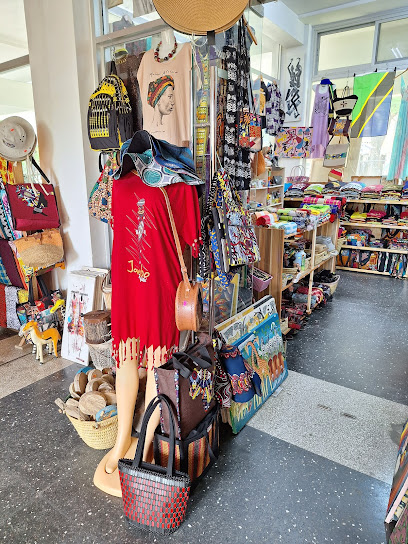
Fahim Ayaz - luxury retail
Discover luxury at Fahim Ayaz, your destination for exquisite watches, jewelry, and more in the heart of Dar es Salaam.
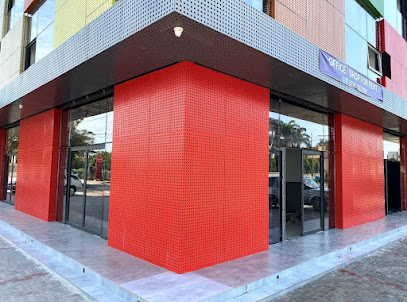
Essential bars & hidden hideouts
Juliana Pub
Discover the lively Juliana Pub in Dar es Salaam, where local culture meets delicious food and vibrant nightlife.
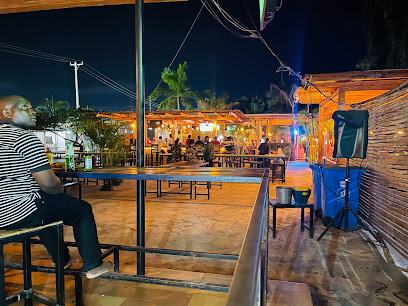
Liquid Bar
Discover the vibrant nightlife of Liquid Bar in Dar es Salaam, where delicious drinks and lively atmosphere await you.

George & Dragon
Experience a slice of Britain in Dar es Salaam at George & Dragon, a vibrant pub offering classic cuisine and a lively sports atmosphere.

Ambiance Bar & Night Club
Discover the vibrant nightlife of Dar es Salaam at Ambiance Bar & Night Club, where good drinks and great music meet.
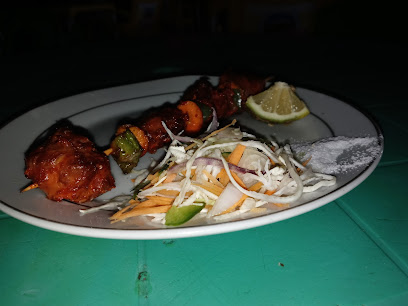
O'Donovan's Reggae Bar
Experience vibrant nightlife with reggae beats and tropical drinks at O'Donovan's Reggae Bar in Dar es Salaam.
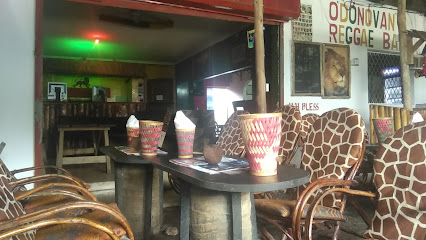
Polos Cocktail Bar
Discover the vibrant nightlife at Polos Cocktail Bar, where unique cocktails and a lively atmosphere await you in Dar es Salaam.
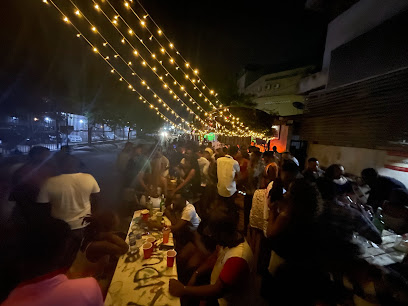
Sofan Bar & Grill
Discover the vibrant flavors of Tanzania at Sofan Bar & Grill in Dar es Salaam, where every dish is grilled to perfection.
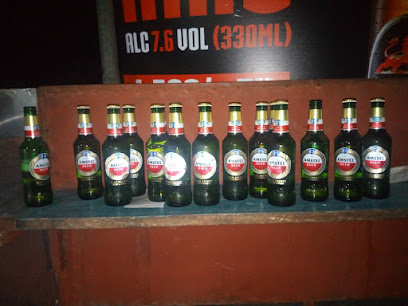
Stereo Bar
Discover the vibrant nightlife at Stereo Bar, Dar es Salaam's favorite spot for affordable drinks, live music, and socializing in a lively atmosphere.
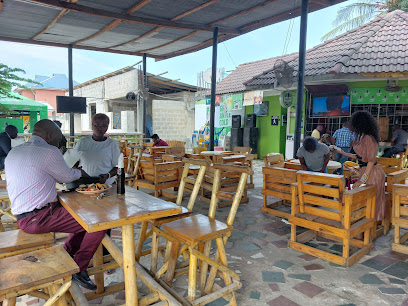
Lock & Barrel Restaurant
Experience the vibrant culinary scene at Lock & Barrel Restaurant, where local and international flavors come together in a lively atmosphere.
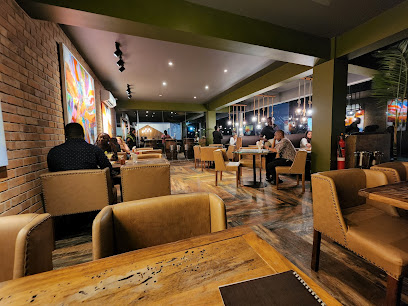
Bar in Dar
Experience the vibrant nightlife at The Slipway Bar in Dar es Salaam, where unique cocktails and stunning ocean views await.
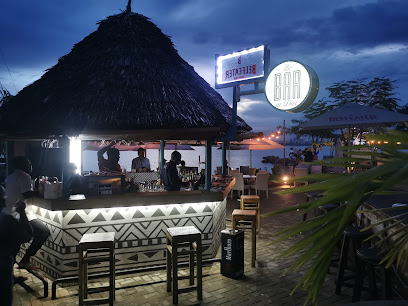
KIARANO PUB
Experience the vibrant nightlife of Dar es Salaam at Kiarano Pub, offering local brews, delicious bites, and a lively atmosphere.
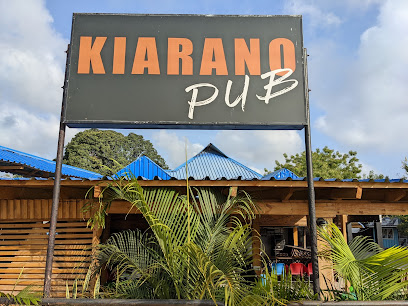
Hugo Bar
Experience the vibrant nightlife of Dar es Salaam at Hugo Bar, where cocktails and local culture blend seamlessly in a lively atmosphere.
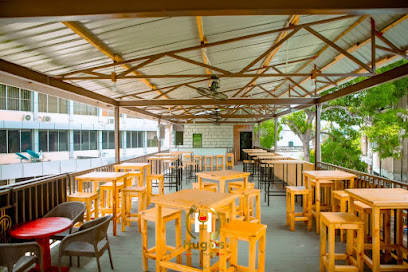
Carpe Diem Bar & Grill
Experience the vibrant culinary scene of Dar es Salaam at Carpe Diem Bar & Grill, where delicious grilled dishes and a lively atmosphere await you.
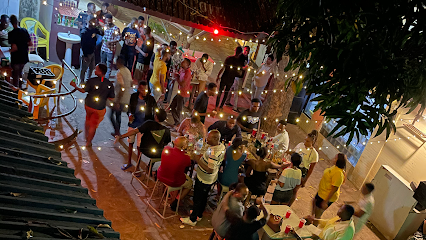
Skybar
Discover the vibrant nightlife at Skybar in Dar es Salaam - a rooftop haven with stunning views, creative cocktails, and unforgettable experiences.
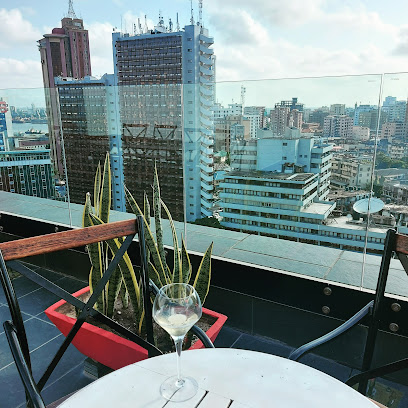
Q2 Bar
Discover Q2 Bar: A vibrant grill bar in Dar es Salaam, serving delicious grilled dishes and refreshing drinks in a lively atmosphere.
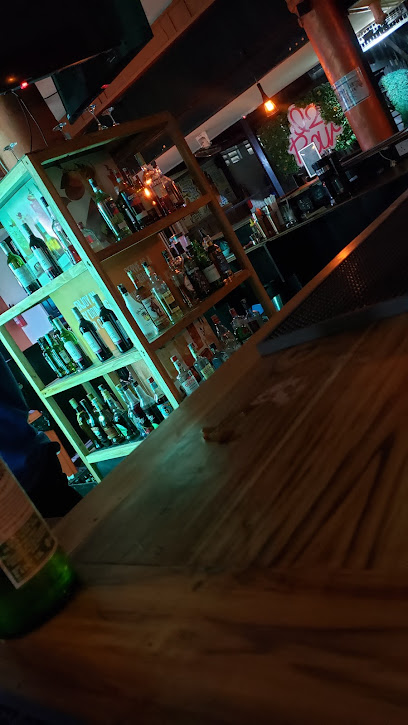
Local Phrases
-
- HelloJambo
[jahm-boh] - GoodbyeKwaheri
[kwah-heh-ree] - YesNdio
[uhn-dee-oh] - NoHapana
[hah-pah-nah] - Please/You're welcomeTafadhali
[tah-fah-dah-lee] - Thank youAsante
[ah-sahn-teh] - Excuse me/SorrySamahani
[sah-mah-hah-nee] - How are you?Habari yako?
[hah-bah-ree yah-koh] - Fine. And you?Salama. Na wewe?
[sah-lah-mah. nah weh-weh] - Do you speak English?Unasema Kiingereza?
[oo-nah-seh-mah kee-een-geh-reh-zah] - I don't understandSielewi
[see-eh-leh-wee]
- HelloJambo
-
- I'd like to see the menu, pleaseNataka kuhudumiwa menyu, tafadhali
[nah-tah-kah koo-hoo-doo-mee-wah meh-nyoo, tah-fah-dah-lee] - I don't eat meatSili nyama
[see-lee nyah-mah] - Cheers!Afya!
[ah-fyah] - I would like to pay, pleaseNataka kulipa, tafadhali
[nah-tah-kah koo-lee-pah, tah-fah-dah-lee]
- I'd like to see the menu, pleaseNataka kuhudumiwa menyu, tafadhali
-
- Help!Msaada!
[msah-ah-dah] - Go away!Nenda zako!
[nen-dah zah-koh] - Call the Police!Piga simu polisi!
[pee-gah see-moo poh-lee-see] - Call a doctor!Piga simu daktari!
[pee-gah see-moo dahk-tah-ree] - I'm lostNimepotea
[nee-meh-poh-teh-ah] - I'm illNinaumwa
[nee-nah-oom-wah]
- Help!Msaada!
-
- I'd like to buy...Nataka kununua...
[nah-tah-kah koo-noo-noo-wah] - I'm just lookingNinaangalia tu
[nee-nah-ahn-gah-lee-yah too] - How much is it?Bei ni kiasi gani?
[beh-ee nee kee-ah-see gah-nee] - That's too expensiveHilo ni ghali sana
[hee-loh nee gah-lee sah-nah] - Can you lower the price?Unaweza kupunguza bei?
[oo-nah-weh-zah koo-poon-goo-zah beh-ee]
- I'd like to buy...Nataka kununua...
-
- What time is it?Saa ngapi?
[sah-ah ngah-pee] - It's one o'clockNi saa moja
[nee sah-ah moh-jah] - Half past (10)Nusu saa kumi
[noo-soo sah-ah koo-mee] - MorningAsubuhi
[ah-soo-boo-hee] - AfternoonMchana
[m-chah-nah] - EveningJioni
[joh-ee-nee] - YesterdayJana
[jah-nah] - TodayLeo
[leh-oh] - TomorrowKesho
[keh-shoh] - 1Moja
[moh-jah] - 2Mbili
[m-bee-lee] - 3Tatu
[tah-too] - 4Nne
[n-neh] - 5Tano
[tah-noh] - 6Sita
[see-tah] - 7Saba
[sah-bah] - 8Nane
[nah-neh] - 9Tisa
[tee-sah] - 10Kumi
[koo-mee]
- What time is it?Saa ngapi?
-
- Where's a/the...?Iko wapi...?
[ee-koh wah-pee] - What's the address?Anuani ni ipi?
[ah-noo-ah-nee nee ee-pee] - Can you show me (on the map)?Unaweza kunionyesha (kwenye ramani)?
[oo-nah-weh-zah koo-nee-oh-nyeh-shah (kweh-neh rah-mah-nee)] - When's the next (bus)?Basi la pili litatoka lini?
[bah-see lah pee-lee lee-tah-toh-kah lee-nee] - A ticket (to ....)Tiketi (kwenda ...)
[tee-keh-tee (kwehn-dah)]
- Where's a/the...?Iko wapi...?
History of Dar es Salaam
-
Dar es Salaam, meaning 'Haven of Peace' in Arabic, was founded in 1862 by Sultan Majid bin Said of Zanzibar. Initially conceived as a summer residence and a trading port, the city began to grow rapidly due to its strategic location on the Indian Ocean.
-
From 1887 to 1916, Dar es Salaam served as the administrative and economic center of German East Africa. The Germans built infrastructure such as the first railway line connecting the city to the interior, which facilitated trade and movement.
-
Following the defeat of Germany in World War I, Dar es Salaam came under British control in 1916. The British continued to develop the city's infrastructure, establishing it as the capital of the Tanganyika Territory.
-
Tanganyika gained independence from British rule in 1961, with Dar es Salaam as its capital. The city played a pivotal role in the nation's early years, serving as a hub for political and social activities.
-
In 1964, Tanganyika and Zanzibar united to form the United Republic of Tanzania. Though Dodoma was later designated as the capital, Dar es Salaam remained the country's largest city and its economic and administrative heart.
-
Over the years, Dar es Salaam has grown into a vibrant cultural melting pot. Influences from Swahili, Arab, Indian, and European cultures are evident in the city's architecture, cuisine, and festivals, making it a unique destination for visitors.
-
In recent decades, Dar es Salaam has experienced significant economic growth. The city is a major industrial and commercial hub in East Africa, with a bustling port that is one of the region's busiest.
-
Dar es Salaam is home to several prominent educational institutions, including the University of Dar es Salaam, which was established in 1961. The city is also a center for research and innovation, contributing to Tanzania's development.
-
Today, Dar es Salaam stands as a dynamic urban center with a population of over six million people. The city continues to evolve, blending its rich historical heritage with modern advancements in technology and infrastructure.
Dar es Salaam Essentials
-
Dar es Salaam is easily accessible via Julius Nyerere International Airport (DAR), located about 12 kilometers from the city center. The airport offers numerous international and domestic flights. Alternatively, you can reach Dar es Salaam by bus from neighboring East African countries or by train via the TAZARA Railway from Zambia. The port of Dar es Salaam also serves as a major seaport, accommodating travelers arriving by sea.
-
Getting around Dar es Salaam is convenient with various transportation options. Public minibuses, known as 'dala-dalas', are a common and inexpensive way to travel. Taxis are widely available and can be hailed on the street or booked via mobile apps like Uber and Bolt. For a more scenic route, the Dar es Salaam Rapid Transit (DART) bus service covers several key areas. Car rentals are also available, but driving can be challenging due to traffic and local driving habits.
-
The official currency in Tanzania is the Tanzanian Shilling (TZS). Credit cards are accepted in major hotels, restaurants, and shops, but cash is often preferred, especially in smaller establishments. ATMs are widely available throughout the city, but it's advisable to carry some cash for smaller transactions. Currency exchange services are available at the airport, banks, and authorized exchange bureaus.
-
Dar es Salaam is generally safe for tourists, but it's important to stay cautious. Avoid walking alone at night and be wary of pickpockets in crowded areas like markets and bus stations. High-crime areas targeting tourists include Kariakoo and parts of the city center. Always use registered taxis or ride-sharing services and avoid displaying valuables. Keep emergency numbers handy and stay aware of your surroundings.
-
In case of emergency, dial 112 for police assistance, 114 for fire emergencies, and 115 for medical emergencies. Major hospitals like Muhimbili National Hospital and Aga Khan Hospital offer emergency services. It's advisable to have travel insurance that covers medical emergencies. For minor health issues, pharmacies are available throughout the city.
-
Fashion: Do dress modestly, especially in public places and religious sites. Avoid wearing revealing clothing. Religion: Do respect local customs and traditions. Remove your shoes and cover your head when entering mosques. Public Transport: Do be respectful and polite. Avoid eating or drinking on public transport. Greetings: Do greet people with a handshake and a smile. Using the Swahili greeting 'Jambo' is appreciated. Eating & Drinking: Do try local delicacies like 'ugali' and 'nyama choma'. Avoid drinking tap water; opt for bottled water instead.
-
To experience Dar es Salaam like a local, visit the bustling Kariakoo Market for a taste of local commerce. Take a walk along Coco Beach for a relaxing afternoon. Engage with locals who are often friendly and happy to share insights about their city. Don't miss the Makumbusho Village Museum to learn about Tanzania's diverse cultures. For an authentic culinary experience, try street food like 'mishkaki' (grilled meat skewers) and 'chapati' (flatbread).
Trending Landmark in Dar es Salaam
-
The Slipway
-
MWENGE WOODCAVERS MARKET
-
National Museum and House of Culture
-
Clocktower Shopping Centre
-
Shamo Tower
-
Tanzanite Tower
-
Kanisa Kuu la Mt. Yosefu (St.Joseph Cathedral Dar es Salaam)
-
Askari Monument
-
KKKT Azania-Front-Cathedral
-
Khoja Shia Ithna-Ashari Masjid
-
Golden Jubilee Towers
-
DTV Roundabout
-
Public Park
-
Botanical Garden
-
Samora Avenue Garden
Nearby Cities to Dar es Salaam
-
Things To Do in Zanzibar City
-
Things To Do in Stone Town
-
Things To Do in Morogoro
-
Things To Do in Tanga
-
Things To Do in Diani Beach
-
Things To Do in Mombasa
-
Things To Do in Dodoma
-
Things To Do in Malindi
-
Things To Do in Iringa
-
Things To Do in Moshi
-
Things To Do in Arusha
-
Things To Do in Lamu
-
Things To Do in Singida
-
Things To Do in Nairobi
-
Things To Do in Mbeya












